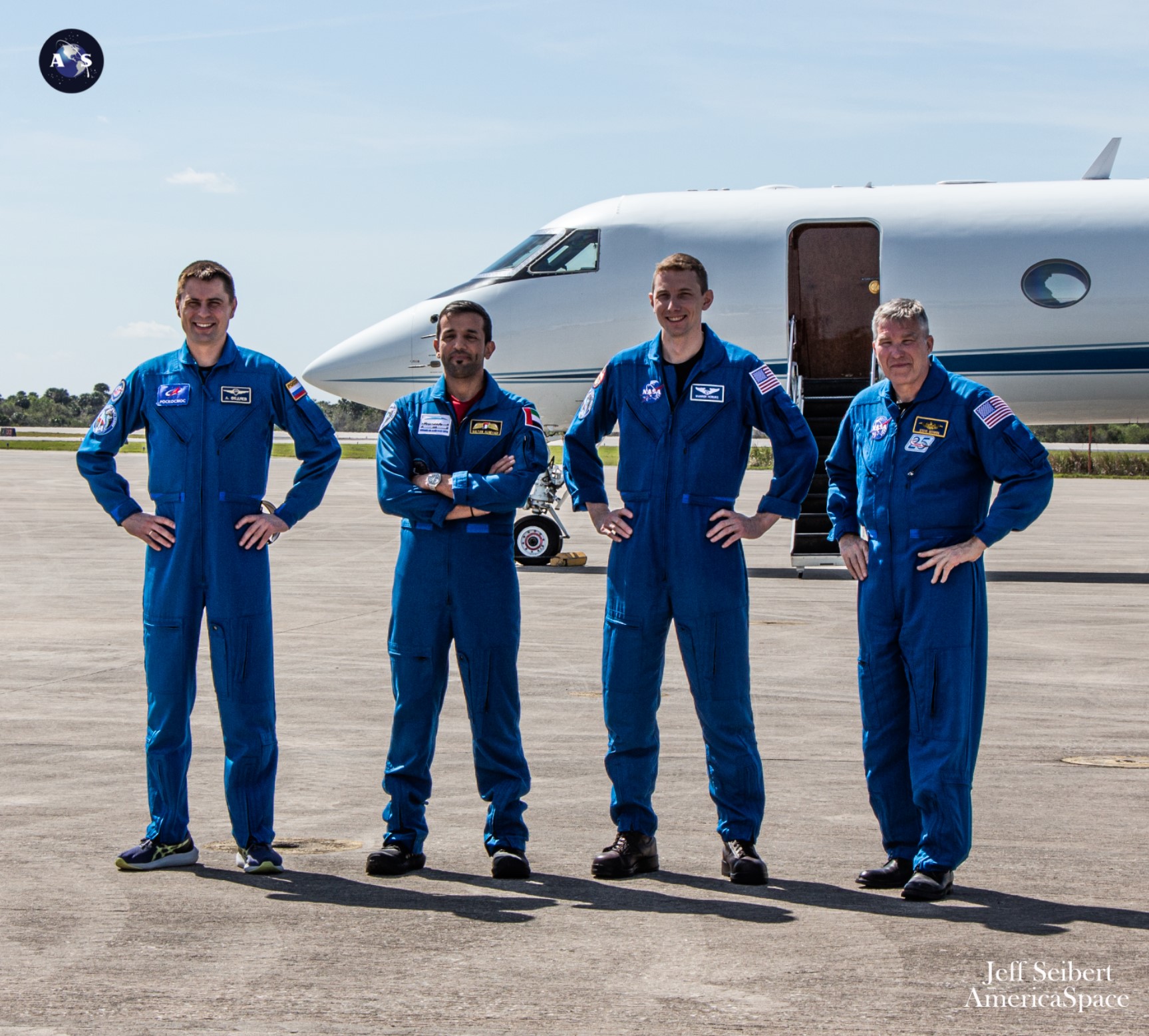
Weather conditions for SpaceX’s sixth Falcon 9 mission of February on Thursday are looking great, according to the 45th Weather Squadron at Patrick Space Force Base, as four spacefarers from three nations arrived in Florida on Tuesday in readiness for their own launch to the International Space Station (ISS) early next Monday morning. Three-times-flown B1076 is set to lift a “stack” of Starlink low-orbiting internet communications satellites uphill Thursday afternoon from storied Space Launch Complex (SLC)-40 at Cape Canaveral Space Force Station, as NASA astronauts Steve Bowen and Warren “Woody” Hoburg, together with Russian cosmonaut Andrei Fedyayev and Sultan Al-Neyadi of the United Arab Emirates (UAE) gear up for their own pre-dawn liftoff atop the brand-new B1078 core from historic Pad 39A at NASA’s Kennedy Space Center (KSC) at 1:45 a.m. EST Monday.
“Weather is not expected to be a great concern for this particular mission,” the 45th said of Thursday’s scheduled Starlink launch, highlighting a 95-percent likelihood of acceptable conditions on both the primary day and a backup opportunity on Friday. “Winds have swung around to the east and should continue to veer to the southeast during the afternoons and likely to the southwest during the overnight hours.
“The bulk of active weather is expected to remain well north of Florida over the next four to five days, creating favorable weather conditions for the Spaceport Area,” the 45th added in its Tuesday morning update.” A slight risk of violating the Cumulus Cloud Rule on both Thursday’s primary and Friday’s backup attempts is the only lingering issue of concern.
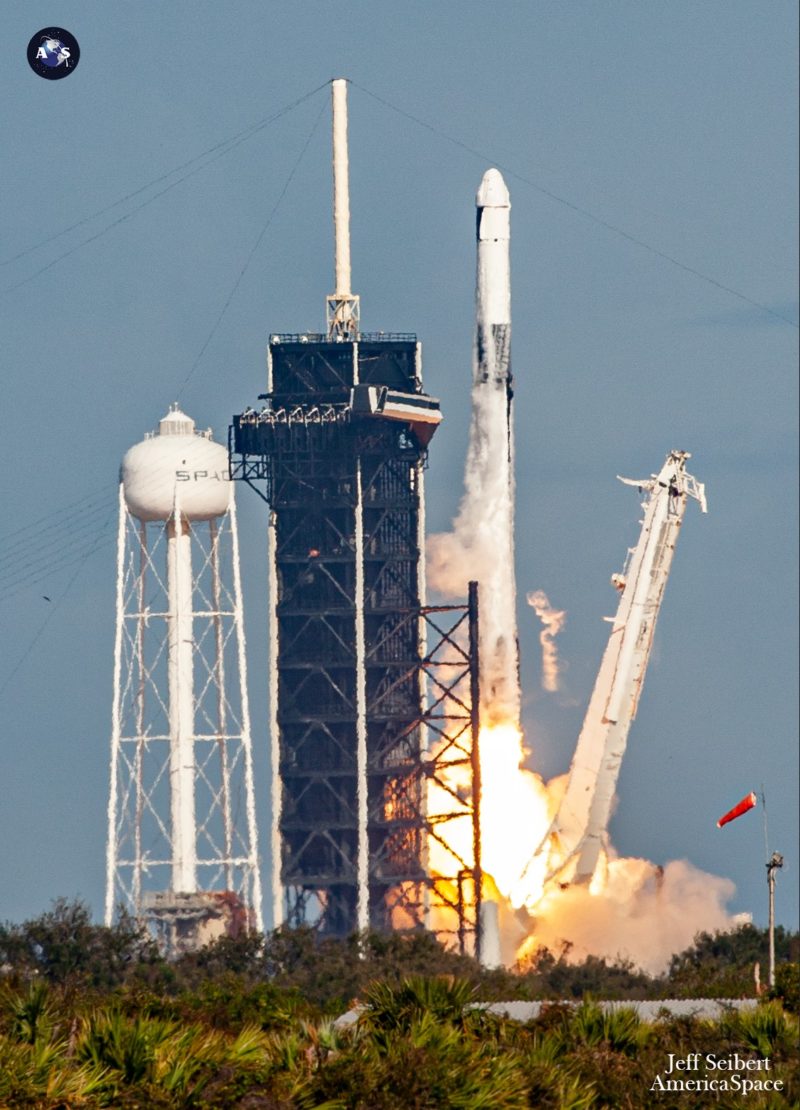
In readiness for Thursday’s mission—which may feature the first flight of SpaceX’s downsized Starlink “V2 Mini” configuration, reportedly with three to four times greater “usable” bandwidth than its predecessors—the Autonomous Spaceport Drone Ship (ASDS), “A Shortfall of Gravitas”, put to sea out of Port Canaveral last Sunday, bound for a position some 390 miles (630 kilometers) offshore in the Atlantic Ocean. This will be the 30th landing of a Falcon 9 core stage on the deck of ASOG, which entered SpaceX’s drone ship fleet in the summer of 2021 and has already logged three landings so far this year.
Thursday’s launch marks the third outing for B1076, one of SpaceX’s newest additions to its Falcon 9 fleet, which came online only last November when it lofted the CRS-26 Cargo Dragon mission to the ISS. Laden with 7,777 pounds (3,528 kilograms) of experiments, payloads and supplies for the Expedition 68 crew of Commander Sergei Prokopyev and his Russian comrades Dmitri Petelin and Anna Kikina, together with Japan’s Koichi Wakata and U.S. astronauts Frank Rubio, Nicole Mann and Josh Cassada, CRS-26 went on to enjoy a month-long stay at the station, before departing in the second week of January.
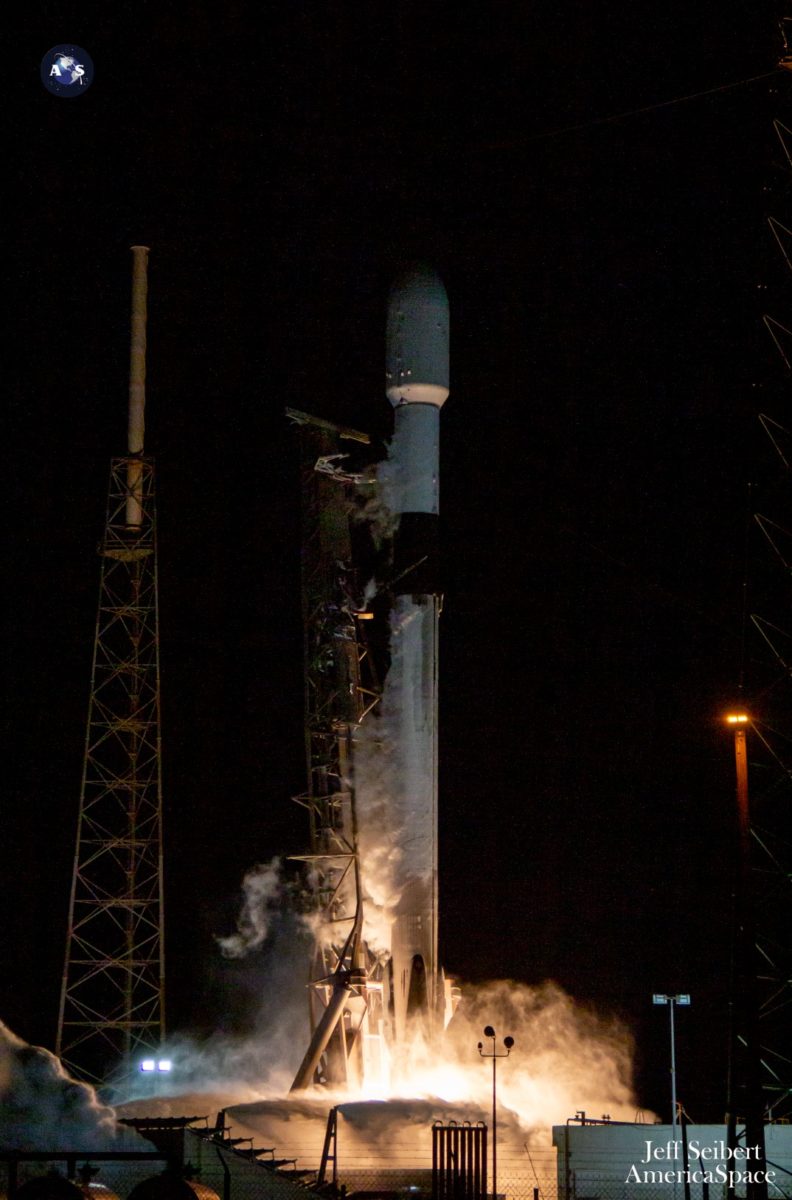
Only six hours after CRS-26’s departure from the ISS, a few minutes before midnight EST on 9 January B1076 launched a second time, carrying 40 broadband internet satellites to near-polar orbit on behalf of London, England-headquartered OneWeb. Those first two missions saw B1076 log her first offshore ASDS landing and her first on-point touchdown on solid ground at Landing Zone (LZ)-1 at the Cape.
Aboard B1076 for her third mission are thought to be up to a couple-dozen Starlink V2 Mini satellites, each measuring around 13.5 feet (4.1 meters) by 9 feet (2.7 meters) when fully deployed and carrying a total array of 1,300 square feet (120 square meters). With each Mini reportedly weighing in the range of 1,700 pounds (800 kilograms), Thursday’s payload mass may exceed 34,000 pounds (15,000 kilograms) in total.
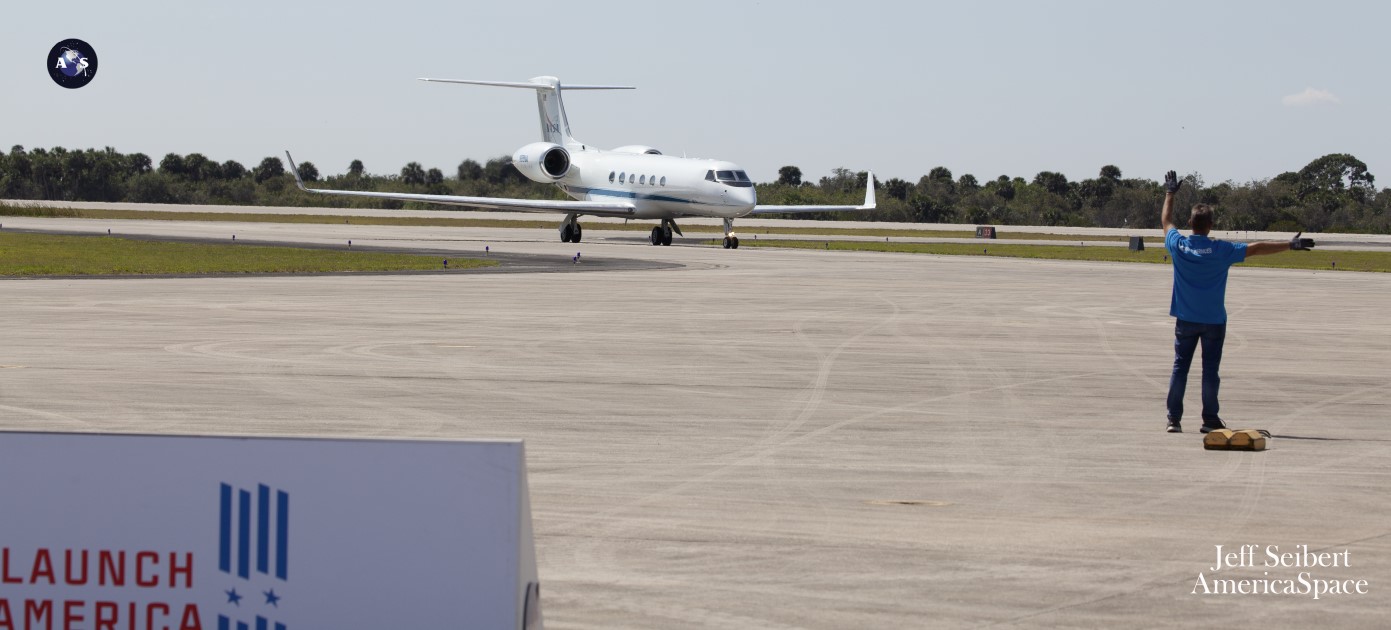
As Mother Nature presents her best face for Starlink later in the week, the Crew-6 quartet of Bowen, Hoburg, Fedyayev and Al-Neyadi arrived at KSC’s Launch and Landing Facility (LLF) at 12:20 p.m. EST Tuesday as they enter final preparations for their launch to the ISS, now targeted for the pre-dawn hours of Monday.
During a media teleconference yesterday, following the completion of Flight Readiness Review (FRR) activities, NASA and SpaceX leaders opted to forego Crew-6’s launch target of 2:07 a.m. EST Sunday and aim instead for the backup T-0 at 1:45 a.m. EST Monday. Under this revised schedule, Bowen and his men will dock at the space station around 24 hours later, to be welcomed aboard by Prokopyev and the Expedition 68 crew.
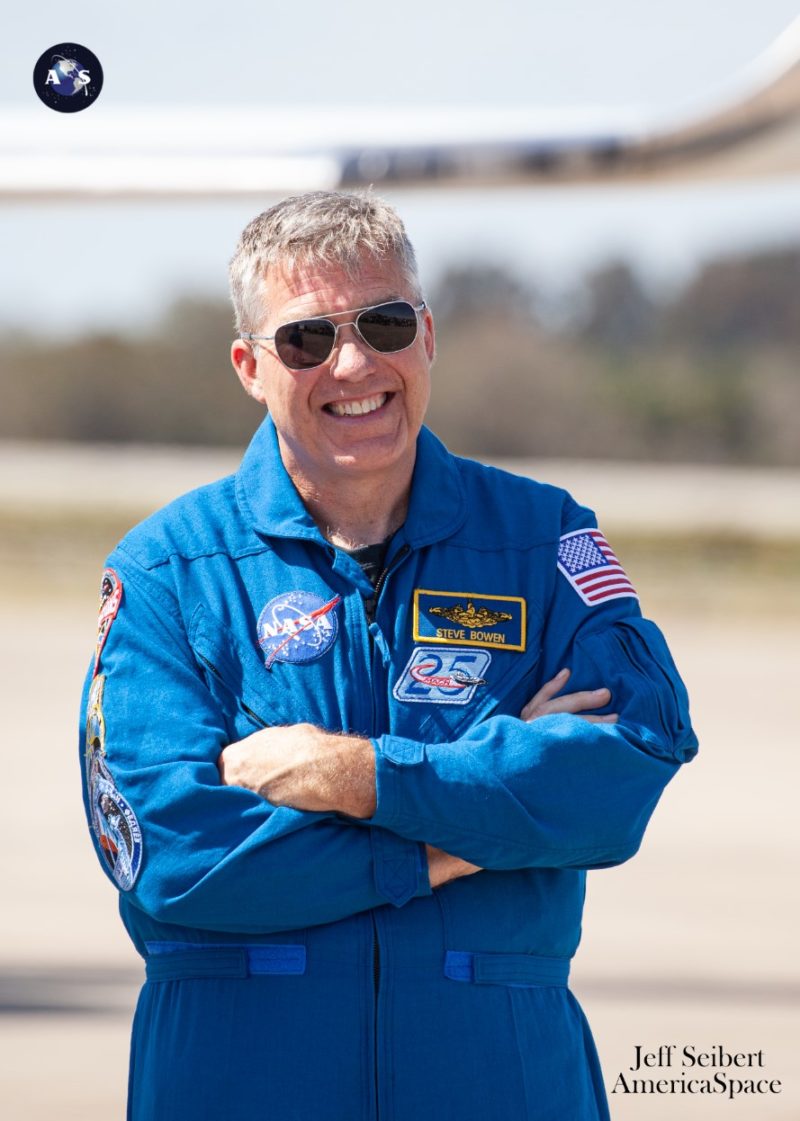
Former shuttle commander Ken Bowersox, NASA’s deputy associate administrator for the Space Operations Mission Directorate, noted that there remains “some open work” to close out before the Crew-6 launch. Commercial Crew Program Manager Steve Stich added that the issues are “primarily on the vehicle”—with additional analysis pending on Crew Dragon’s pod panels and Composite Overwrapped Pressure Vessels (COPVs)—ahead of rollout of B1078 to the pad on Wednesday.
B1078—the second “new” single-stick Falcon 9 core to enter the fleet in 2023—departed SpaceX’s Rocket Development Facility in McGregor, Texas, earlier this month, bound for the Cape. Following Wednesday’s rollout to Pad 39A, teams will head directly into a Dry Dress Rehearsal, scheduled for 1:45 a.m. EST Friday, then a brief Static Fire Test of B1078’s nine Merlin 1D+ engines is anticipated around 5:45 a.m. EST that same morning.
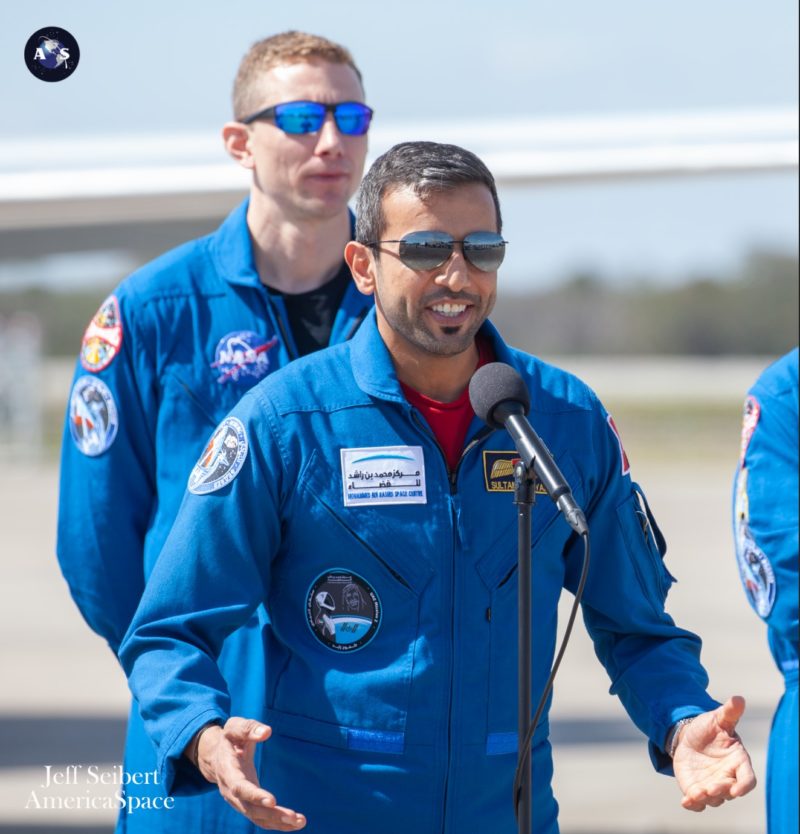
Assuming Monday’s attempt is missed, a revised backup opportunity is aimed for 1:22 a.m. EST Tuesday, followed by a trio of back-to-back tries on 2, 3 and 4 March. Mr. Stich noted that it remains “pretty early to look at the weather”.
However, he cautioned that there may exist “some challenges with the abort weather” further downrange. Specifically, he highlighted that teams will be monitoring flows and frontal systems further up the East Coast.
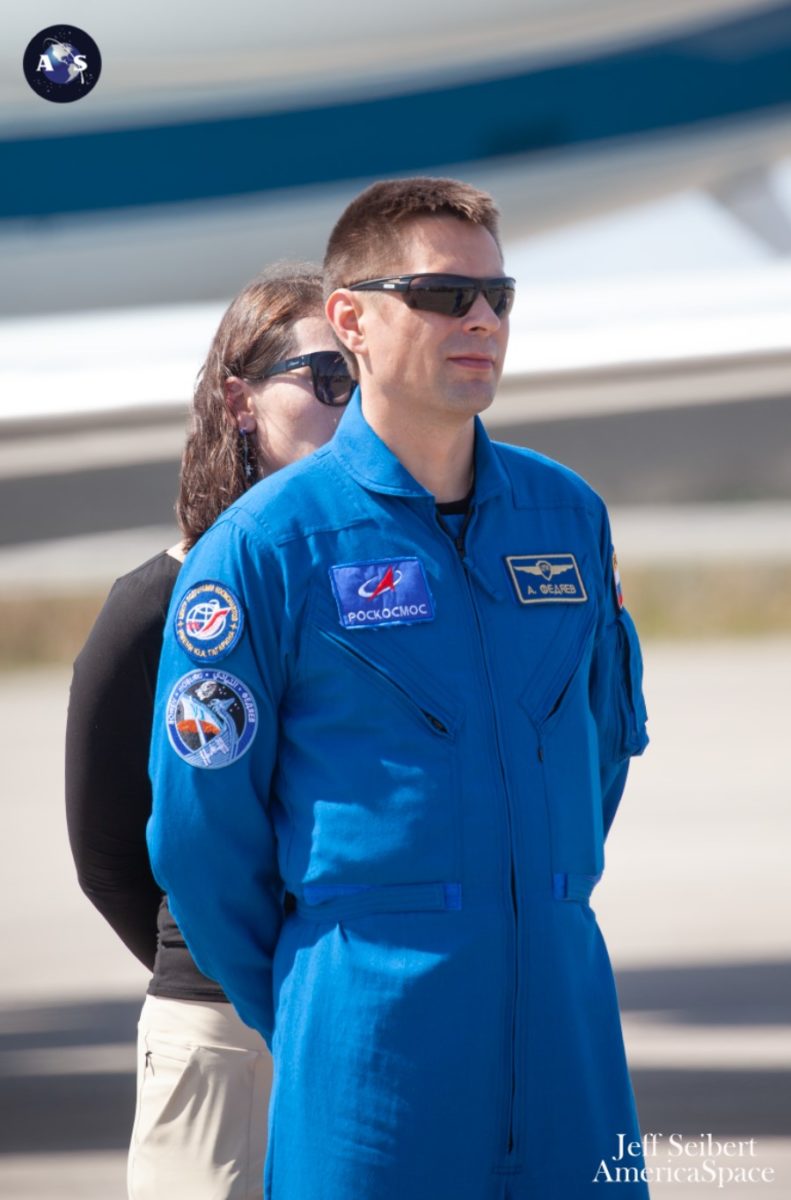
And Dragon Endeavour—Crew-6’s ride to and from the space station—arrived at Pad 39A last weekend for integration atop the Falcon 9 in readiness for a record-setting fourth launch of a Commercial Crew vehicle. Endeavour, named by Demo-2 astronauts Doug Hurley and Bob Behnken in honor of the first shuttle either man flew, entered the headlines on 30 May 2020 when she launched the first crewed space mission from U.S. soil, aboard a U.S. spacecraft, and atop a U.S.-built rocket, since the end of the Space Shuttle era.
After returning to Earth 64 days later on 2 August 2020, Endeavour re-entered service on 23 April 2021, when she lofted Crew-2 astronauts Shane Kimbrough and Megan McArthur of NASA, together with Japan’s Aki Hoshide and Frenchman Thomas Pesquet to the ISS. The quartet returned home the following 8 November after 199 days in orbit, which to this day remains the longest single mission by any U.S. crewed spacecraft.
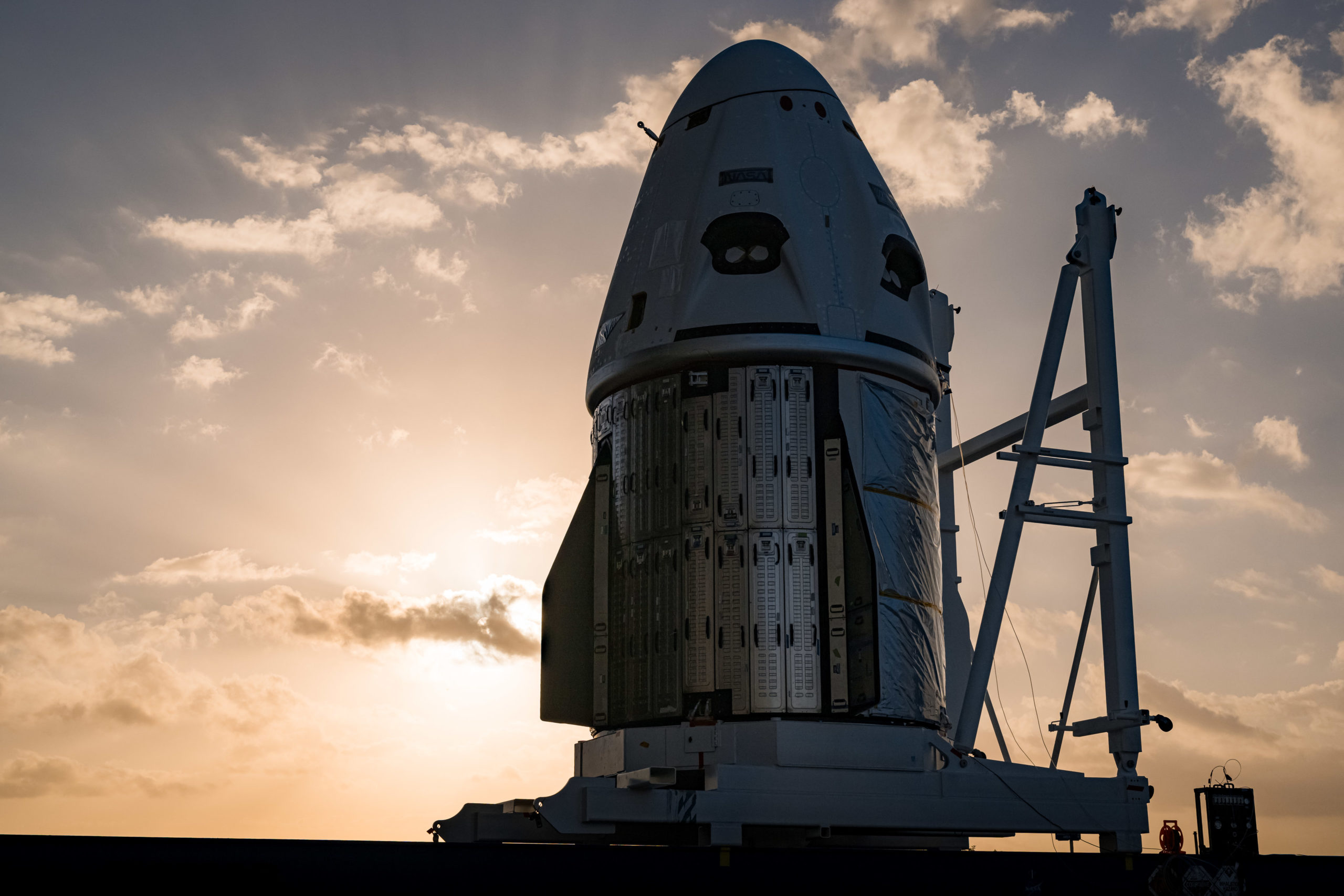
Endeavour’s third flight was Ax-1, the first all-private visit to the ISS with former NASA astronaut Mike Lopez-Alegria and entrepreneurs Larry Connor, Eytan Stibbe and Mark Pathy. Ax-1 launched last 8 April and returned to Earth 17 days later after completing a multitude of research experiments and educational and outreach activities.
With three missions under her belt, Endeavour has logged over 280 cumulative days in orbit, sitting in second place on the Crew Dragon league behind her sister Endurance. Her Crew-6 increment, expected to run through late August, is targeted for 182 days—per comments made last month by Bowen—which should make Endeavour the first Commercial Crew vehicle to pass a cumulative full year of on-orbit service.
Bowen and his men will support more than 200 research investigations during their six months aboard the ISS. They will welcome two Cargo Dragons in March and June, a Northrop Grumman Corp. Cygnus in April.
And they will be aboard for April’s long-awaited Crew Flight Test (CFT) of Boeing’s CST-100 Starliner—crewed by NASA veterans Barry “Butch” Wilmore and Suni Williams—and Ax-2, the second all-private ISS mission for Houston, Texas-based AxiomSpace, Inc., provisionally expected in the mid-May timeframe. The potential exists for up to three U.S. sessions of Extravehicular Activity (EVA), likely no sooner than June, to support the completion of the ISS Roll-Out Solar Array (iROSA) integration campaign.
FOLLOW AmericaSpace on Facebook and Twitter!
Missions » Commercial Space »



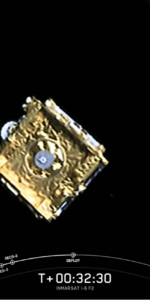
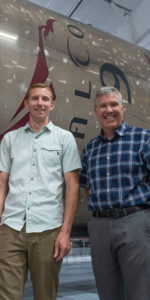
4 Comments
4 Pings & Trackbacks
Pingback:NASA And SpaceX Set To Launch Crew-6 Mission And Starlink Satellites - Science News
Pingback:Crew-6 “Go” for Thursday Pre-Dawn Launch, Vandenberg Mission Just 13 Hours Later - AmericaSpace
Pingback:Crew-6 “Go” for Thursday Pre-Dawn Launch, Vandenberg Mission Just 13 Hours Later - Space News
Pingback:As SpaceX Lofts 40 OneWeb Satellites, Relativity Space Aims for Launch Attempt #2 on Saturday - AmericaSpace